An Insight on Aquaculture
Hi Agro friends, welcome to the blog! I am here to my views on the topic for the week. Aquaculture is a system of farming that is not yet fully tapped like other farming types. Let's get to know more about aquaculture.
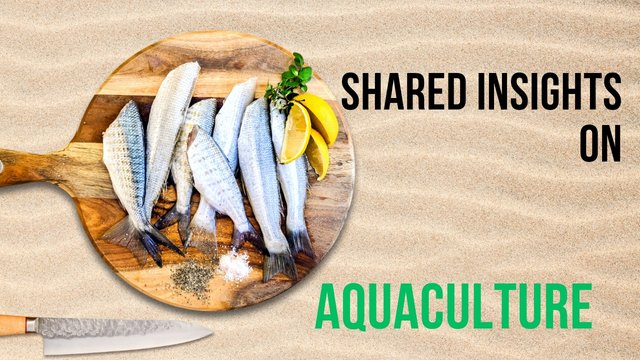 |
|---|
Insights on aquaculture
The term aqua is related to water and all that happens within it. Aquaculture is simply a farming system that requires the cultivation of animals and plants in an aquatic environment. Some would say is agriculture in water rather than on land. Most of the cultivated activities are done in a controlled environment, which gives the farmer opportunities for further improvement. We primarily find fish, shellfish, and algae cultivation in this range of aquatic farming done in ponds, tanks, and cages (controlled environment).
We have seen many upcoming interest in this sector but sometimes shortlived. Aquaculture involves the breeding and hatching of juvenile fish, which has become a source of economic revenue. This production is tactically done to help mass-produce juvenile fishes and distinct species for improved performance and resistance. The next thing we must do not to experience shock and tremendous losses is to grow them into market sizes. Remember, the ideal controlled environment should be our point of call.
In aquaculture practices, we find a range of products that are cultivated across the plant and animal horizons which include the fish species (salmon, catfish, tilapia), shellfish species (shrimp, oysters, mussels), the Mollusks species (squids, octopus), Crustaceans species (lobsters and crabs), Algae species (seaweed and spirulina), etc. It is a wild range and interesting farming type in agriculture. All these areas of aquatic practices come with lots of benefits.
Just like we know the varying contributions agriculture has played in human existence and sustainability, aquatic is a branch that has aided this contributory factor. Some of these benefits include food insecurity, job creation, biodiversity loss on wild and natural water fishes, as well as enhanced economic growth. Many have been gainfully engaged in aquatic activities. In doing so, this has influenced food security indices in the production of global supplies.
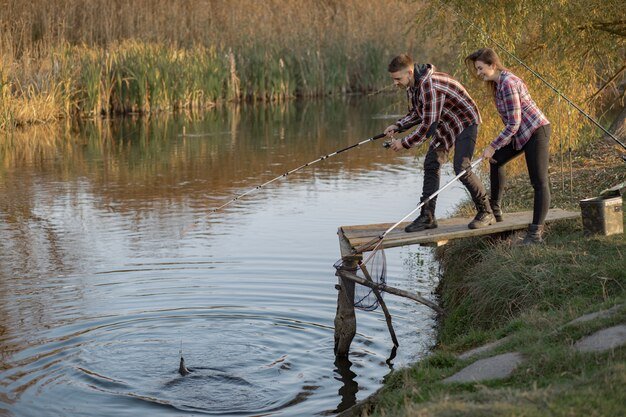 |
|---|
An efficient engagement in aquatic farming means tremendous less pressure on natural and biodiversity preservation. Wild endangered species no longer need to be threatened with extinction since there are controlled environmental systems to provide just enough as we require for human existence and sustainability. These global supplies entail that economic growth is stipulated within regions and countries of activities.
However, aquaculture is faced with several challenges, which makes activities a little retarded. Environmental Impacts such as water pollution and habitat destruction, top list of environmental factors mitigating aquaculture. Aquatic animals find it difficult to adapt in cases where water is contaminated, and sometimes this is inevitable. This is one major problem faced by oil-producing areas due to incessant oil spillages.
Feed sustainability and availability is. Another mitigating factor against aquatic farming. In recent times, we have seen an unprecedented rise in food items, especially our grains, which remain the major contributor to aquatic feeds. This has threatened the overall feeding quality of the aquatic farming system. How to also reduce waste is something inevitable. We do not expect a total pick-up from dropped feeds during feeding time.
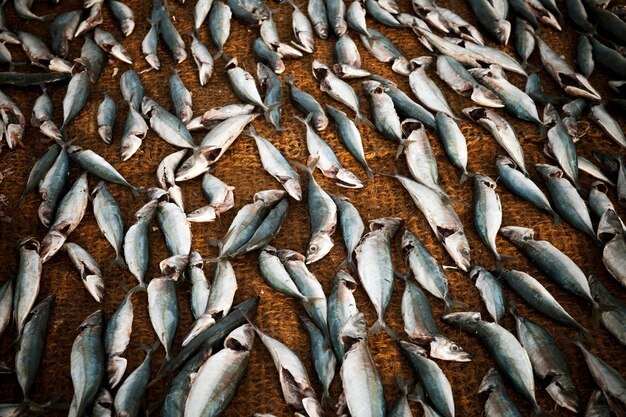 |
|---|
Aquaculture production contributes to global food security and is an economic stipulator with varying benefits. It is a major contributor of healthy animal protein to humans with degrees of benefits (vitamin D, selenium, and fatty acid). Its role in closing the gap for the ever-growing demand for protein is commendable, given the benefits therein. Its availability has created a sustainability plan naturally for outright scarcity removal and inflationary measures. However, feed-induced pricing differentials have remained one source for fish prices.
Several factors influence aquaculture production, but here are some listed factors below.
1.Biological Factors
Highlighting this means we have to get the basis correctly done by ensuring the juvenile or fry is of good quality. A good broodstock management from start to finish. Selecting species with distinctive quality and resistance capabilities should be done. The more genetically improved they are, the more disease-resistant they are.
2.Environmental Factors
Water remains our all-important element in agricultural activities. Aquatic activities heavily depend on water, and maintaining this optimally helps improve aquatic performance. An ideal water type should have its temperature, pH level, and dissolved oxygen. Climate change is one environmental factor that has impacted so much our farming activities. Maintaining these climatic impacts would help improve aquatic farming.
3.Feed and Nutrition Factors
How we handle this matter goes a long way in mitigating some of the observed setbacks. During feed formulation, we should ensure we use nutrient-balanced combinations as well as feed component types that are sustainable. Timely delivery of feed and routine measures have to be consistent
Other considered factors are Economic, Social, and Technological Factors
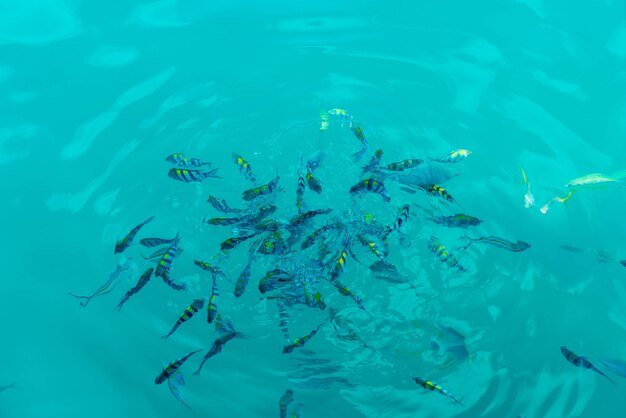 |
|---|
In summary, aquaculture has helped in reducing biodiversity loss as it removes attention from the continuous harvesting of wild and natural water animals and plant species, risking their extinction. Food Security, economic growth/stimulation, job opportunities, etc, are some of the benefits of aquaculture.
Thank you.
Welcome to steem-agro!
MODs Comment/Recommendation:
We appreciate you highly valuable publication. I find it very valuable ad I know others would too. Cheers
Remember to always share your post on Twitter using these 3 main tags #steem #steemit $steem
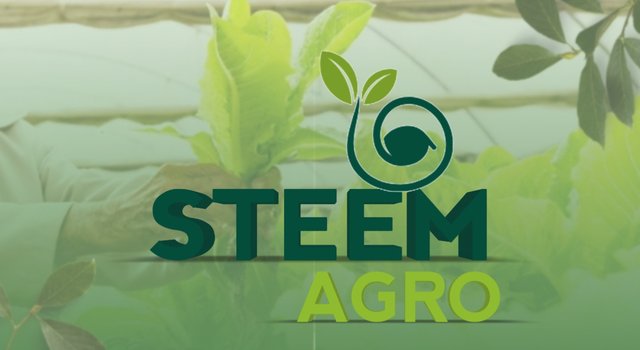
https://x.com/xkool24/status/1860054534900580513?t=DuqDtEQaiBSZpKqkhYE8yg&s=19